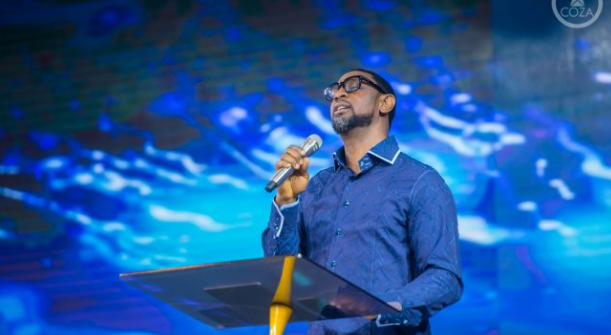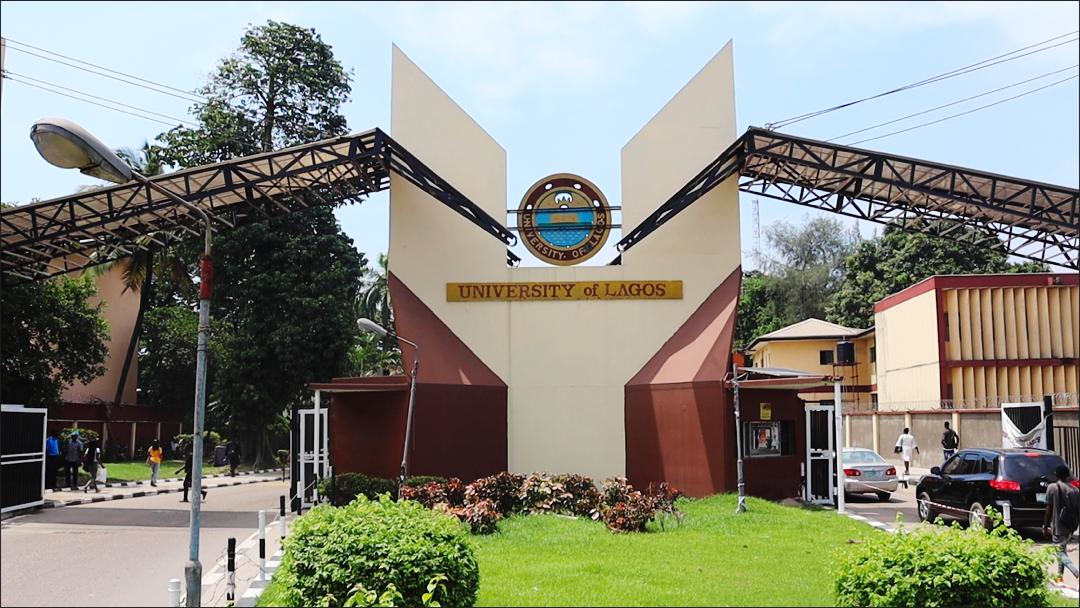Iyabo Aje 02 October 2019
A few months ago, Nigeria was thrown into one of the deepest socio-religious controversies ever when Busola Dakolo, a celebrity photographer and wife of singer Timi Dakolo, accused Biodun Fatoyinbo, senior pastor of Commonwealth of Zion Assembly (COZA) of raping her on two different occasions when she was 16 years old. The accusation, in an explosive interview she granted YNaija, was released on social and mass media via four separate videos on 28 June 2019.
The hue and cry that followed the interview was almost unprecedented as events quickly developed into unbelievable proportions. This is especially true because Dakolo’s allegation against a ‘man of God’ is not the first of its kind in Nigeria. Nigerians are all living witnesses to the Apostle Suleiman and Stephanie Otobo saga, among many others. The turn taken by the COZA-Fatoyinbo saga came as a surprise to many, to say the least. In a space of a few days, the embattled pastor went from denying the allegations in his characteristic dismissive manner, to his Church being picketed by a massive number of protesters, to stepping aside as the senior pastor. The spontaneous protests, which took place in the Lagos and Abuja branches of the church, were particularly instructive. They showed that Nigerians are really on edge and a small spark might be all that is needed to start up a major revolution.
For sure, this is not the first time that Biodun Fatoyinbo has been accused of rape or having sexual escapades with Church members. The most prominent was the case of Ese Walter in 2013. Apart from this, many other such cases have also come up here and there against him. Busola Dakolo’s case appeared to be just the typical example of ‘the last straw that broke the camel’s back’. What is also instructive in the whole saga is the reaction of the main Christian religious bodies and influencers. The Christian Association of Nigeria (CAN) was at first quoted as saying that it did not have anything to say on the matter until the intense public outcry got the better of them. However, the thrust of CAN’s statement when it finally came was to the effect that it did not want to jump to conclusions and that Fatoyinbo would be investigated by Christian elders over the allegations. As expected, they implored both parties to stop the media war in the interests of the Church, and for the greater glory of God. The body further noted that “it is disheartening how some commentators and columnists have been insulting the Body of Christ in Nigeria as a result of this incident.” A major religious influencer, Pastor Adeboye of the Redeemed Christian Church, also failed to take any concrete position on the issue, saying that he abided by whatever position CAN had taken.
Religious sex scandals not unique to Nigeria
Sex scandals in the Church are certainly not a Nigeria-only phenomenon. In fact, the amount of sex scandals bedevilling the Catholic Church, the biggest and most influential church in the world, is mind-boggling. For the past 30 years or so, the Catholic Church worldwide has been in the eye of the storm as some of the most oppressed survivors of childhood sexual abuse have come out to demand accountability for individual priests involved, and ultimately the powerful Church hierarchy, including Cardinals and Bishops, who consistently protected the abusers.
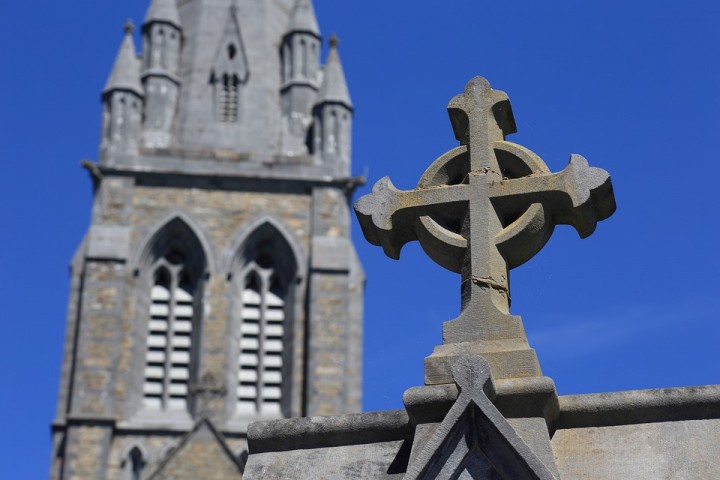
These sex abuse crimes committed against youths and women are of astronomical proportions. In Milwaukee, the Reverend Murphy was accused of sexually abusing more than 200 boys at a school for the deaf. In Italy, 67 former pupils of another school for the deaf in Verona had accused 24 priests of sexually abusing them from the age of seven years. In Germany, more than 250 suppressed cases of abuse surfaced in 2010 alone. In the USA, more than 4,000 priests have been accused of sexually abusing underage children since 1950. In many cases, international publicity surrounding various lawsuits over the sexual abuse of male and female children has led to multi-million dollar settlements for victims. For instance, the Catholic Church in the US has had to pay out more than 2 billion dollars in settlements as of 2007. Six dioceses have been forced into bankruptcy, while many others have been forced to sell substantial Church assets to pay settlements. An organisation called Survivors Network of those Abused by Priests (SNAP) has many of these cases recorded.
The case of Ireland, a majority-Catholic country, is particularly notable. Years of demands by abuse survivors for the Church to take action, and for the government to prosecute offenders, coupled with a series of exposés in the Irish mass media, have compelled the Irish government to commission a study, which eventually took nine years to conclude. The 2,600-page report was released on 20 May 2009. The report revealed that Catholic priests and nuns, across more than 250 church-run institutions, had terrorised thousands of boys and girls for decades, and that government inspectors had failed to stop the chronic beatings, rapes and humiliation. Furthermore, the report characterised rape and molestation as ‘endemic’ in Irish Catholic Church-run industrial schools and orphanages.
It is noteworthy that not only children have been the victims of abuse in the hands of these priests but also women, mostly nuns. A national survey conducted by researchers at St. Louis University, and paid for in part by several Orders of Catholic nuns, estimated that a minimum of 34,000 catholic nuns (about 40 percent of all nuns in the US), have suffered some form of sexual trauma. This report was published by St Louis Post-Dispatch on 4 January 2003.
The role of the Church in the sex scandals
It is instructive that an overwhelming percentage of testimonies, lawsuits, inquiries and exposés about sexual abuse have emanated from within the Catholic Church itself. Many ordinary but outraged Catholic faithful, especially those who had been abused before, have joined the demands for accountability from the privileged, clerical Church hierarchy, who are hell-bent on protecting the abusers. The role of the Church hierarchy and especially the former pope, Josef Ratzinger (known as Benedict XVI) in all of these cases was lamentable. To them, it was always about ‘The Church’ and preserving their undisputed authority, wealth and privileges. They have demanded absolute silence and threatened excommunication of those raising charges. Any priests who sided with the abused were silenced and removed from teaching or positions of authority. The scale of the criminal international conspiracy of silence to protect serial abusers and put Church interests ahead of the safety and well-being of children and women was fully exposed. No wonder that Pope Benedict XVI had to resign: an unprecedented event in modern times.
Sex scandals not unique to Christianity
Sexual abuses within religious institutions are not limited to Christianity. In the week of the COZA-Fatoyinbo saga alone, two news items about rape and child molestation by Muslim clerics surfaced in the media. Many more of these types of despicable acts by Muslim clerics have occurred yearly. And traditional religions are not left out. Many accounts have shown how herbalists have been consulted to provide solutions to the problem of rape, and ended up killing their female clients. The most vulnerable in the society – women and children – have continued to be on the receiving end of physical and sexual abuses of these ‘pious holy men’.
Why women are so attached to religion
In his book Origin of the Family, Private Property and the State, Engels explains that the root of women’s oppression lies in the division of society into classes, and not in their biological constitution. Classes (‘the haves’ and ‘the have-nots’) appeared at the point when society attained the ability to produce a surplus, and some members of society were able to live in idleness. Patriarchy is not the origin of women’s oppression; rather, its structures are being used by capitalism to perpetuate its own interests, which is to maintain the cheap/free labour of women by dividing the working class according to sex. Women are forced into low-paying, insecure and unskilled jobs. They then have to endure harassment and sexual abuse in order to even keep such jobs, or to get promoted. In years past, women were regarded as second-class citizens and could not vote, let alone stand for office. They could not go to school, and were forced into early and usually unwanted marriages.
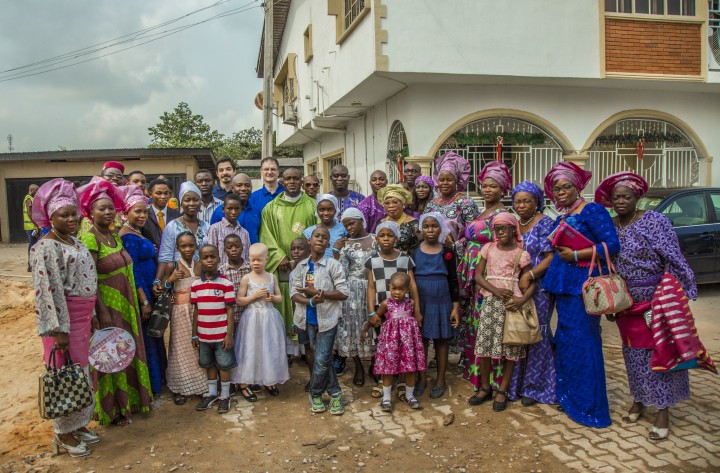
And women’s problems do not end at the workplaces; getting back home from work, they face another shift of work in the form of childcare, laundry, cooking and so on, with little or no help from their partners. On top of all these burdens, women have to deal with a lot of violence everywhere – in the home, at school, at their workplaces and even places of worship. Women are daily being raped, beaten or emotionally abused. It is precisely because of this double yoke of oppression that many women are so attached to religion. A visit to churches in Nigeria, and all over the world would reveal that the vast majority of the faithful attendees are women. The same trend would be true for all other major religions of the world. For these women, the consolation of religion is the only way to relieve the intense suffering they have been put through by the social conditions of class society. Without religion, the lives of these women would be utterly intolerable. Religion is like a drug that numbs their senses and renders them impervious to pain. Sadly, immersing themselves in religion does not remove the cause of their suffering, nor improve their lot.
Religion is in reality characterised by intense misogyny – an ingrained prejudice against, and contempt for women. Man’s original sin was said to have been caused by a woman. For the great majority of written history, society has been dominated by men, and women have been reduced to the role of ‘slaves of slaves’ – the man is the servant of his lord, his king and his God, while the woman must be the servant of her husband, her lord and master.
Religion and the class struggle
In every country, and throughout the centuries, the Church, and religion generally, has sided with the oppressors against the oppressed. In the case of women’s oppression, the role of religion is crystal clear. Religion has always sided with patriarchy against women. The idea of equality and brotherhood amongst humans envisioned by Jesus and the early Christians, as well as the early period of Islam, has been shattered. Behind the slave owners (slave society), the landlords (feudal state) and the capitalists (today’s world), stand not just the earthly monarchs with their soldiers, policemen and jailers, but also the spiritual policemen and jailers. Organised religion is now a part and parcel of the state. The role of the apparatus of the state – the standing army, the police, and the judiciary – is to maintain the status quo.
More than this state apparatus, religion has come to serve the purpose of holding the masses down ‘spiritually’. The oppressed layers are charged to embrace their destinies and ‘touch not my anointed’. They are to respect to the last letter the dictum of ‘divine rights of kings’. They are to pray to God to enable them to enter paradise, while they courageously suffer the pain unleashed on them by the ruling system on earth. They are never to rock the boat. For the women, the charge is even sterner: they are to bear all the things to be borne by the men, and in addition, they are to dutifully bear all abuses from men in turn.
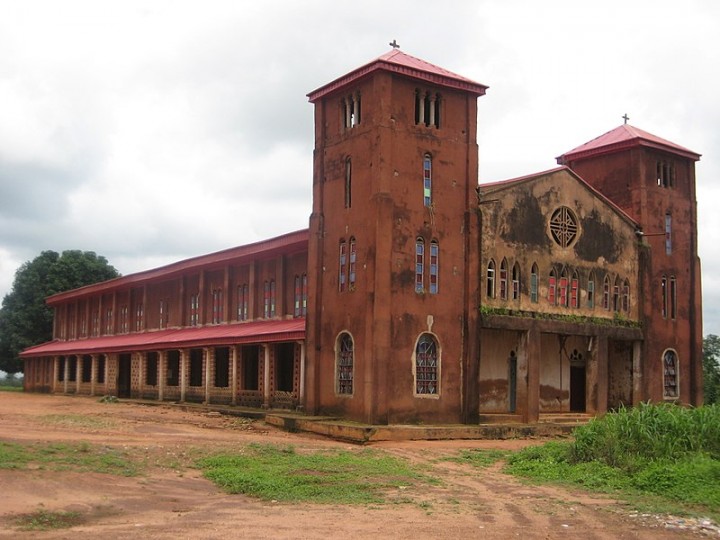
Marxism is a scientific tool for understanding the class issues that underlie social developments, which can seem obscure and far from the immediate struggles of the workers. The current issue of COZA’s pastor’s sexual exploitation of women; Catholic priests’ paedophilia and sexual assault of women; and the dastardly religious exploitation of women and children, is in every way a part of the class struggle. It is one small part of a global class struggle for full equality, rights and empowerment. Just as people took to the streets, picketing and leafleting, in the case of fuel price increase, a struggle over the minimum wage, or other politico-economic issues, ordinary people, mostly believers, did the same in cases of sexual exploitation by the so-called ‘men of God’. Particularly noteworthy is the mass activities on the Catholic priests’ sexual exploitation/paedophilia saga. Hitherto helpless people filed grievances, depositions and lawsuits. They called press conferences, set up websites, organised demonstrations and support groups, and picketed Sunday services. Whether these protesters see themselves as a part of the larger struggle for rights and dignity or not, the truth of the matter is that they have used the same tactics that countless other struggles have used.
The new awakening and the way forward
That victims of abuse, especially women, are speaking out more now is instructive. What was once tolerated, as there was no hope of recourse, has become intolerable. More importantly, women are speaking out more because the almost immutable authority of the Church hierarchies is now daily being challenged. Abuses and molestations have gone unchallenged for centuries, largely because religious authority has gone unchallenged. The challenge to religious authority from below, mostly by ordinary believers who hitherto have been silent, reveals a new awakening. People are beginning to query age-old religious balderdash like ‘touch not my anointed’ and ‘thou shalt not get divorced’ – even in the face of marital violence.
Organised religion (especially the Catholic Church) has been exposed as a partner-in-crime to the most reactionary sections of the society, even to the extent of sabotaging the efforts of ‘liberation’ theologians and other social justice fighters, while at the same time covering up for thousands of priests who were guilty of sexual molestations. This is not surprising, as the religious elite will stop at nothing to defend its authority, wealth and privileges over and above the interests of oppressed layers. They will do everything to cover up any erring ‘man of God’, so that their authority is not eroded.
Today, women who have suffered abuse are gradually finding their voices and are finding allies. As Marxists, we stand with the oppressed and marginalised layers of society and posit that the COZA saga is yet another exposure of the hypocrisy of religion. Finally, we maintain that the full emancipation of women is only possible under socialism, and will be attained only when capitalism, the system of man’s inhumanity to man, is completely overthrown.


